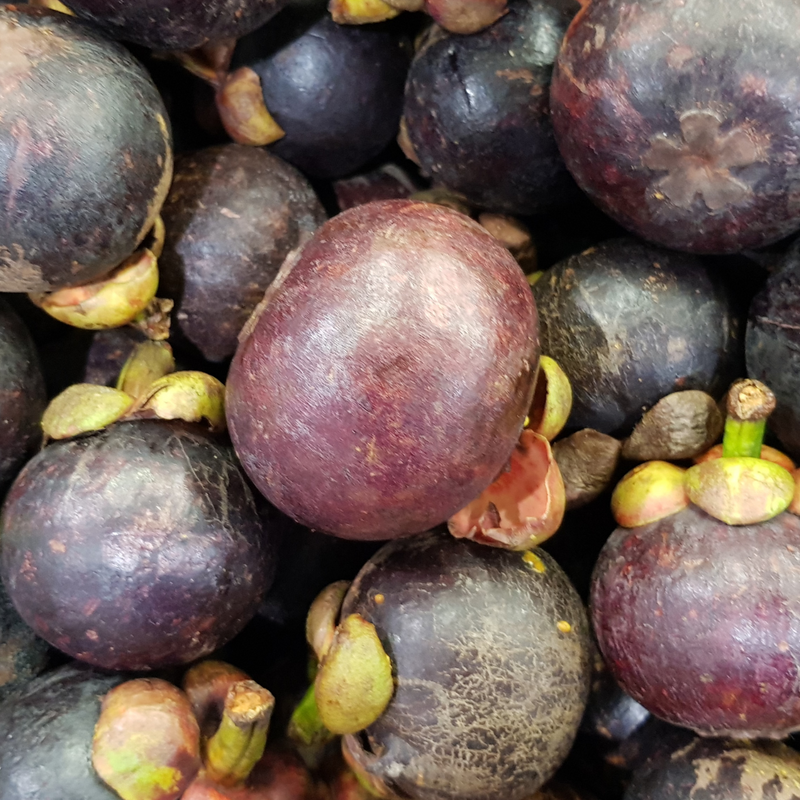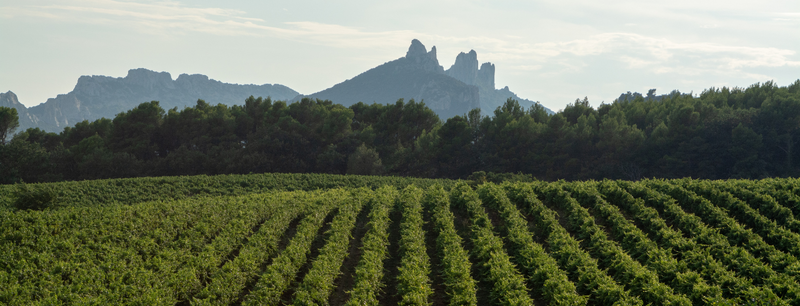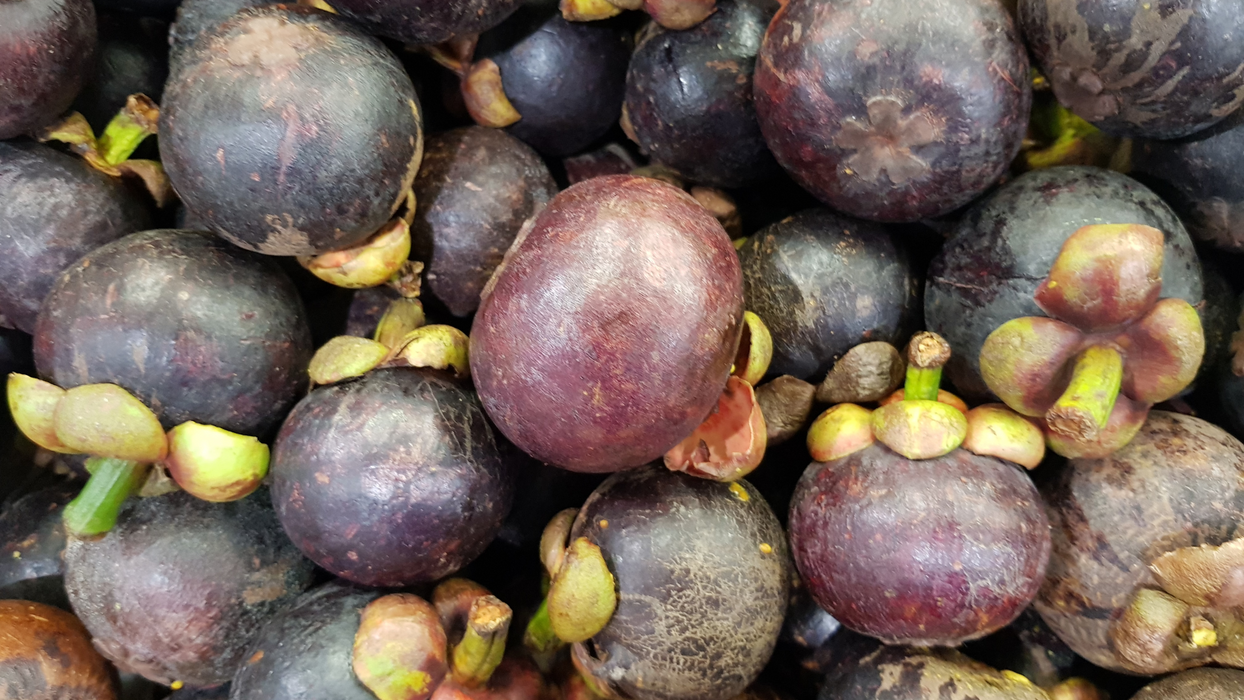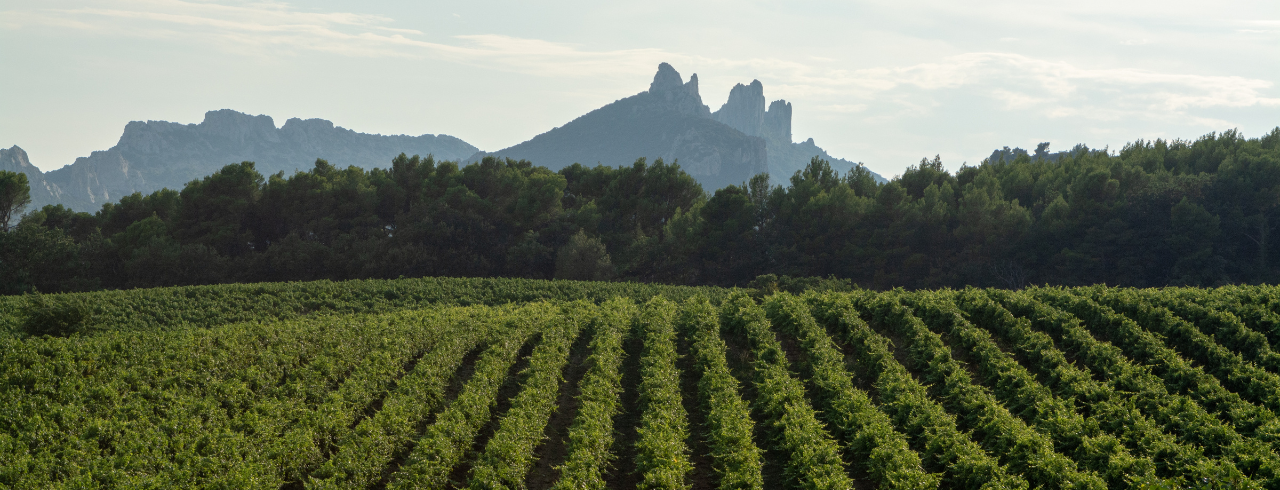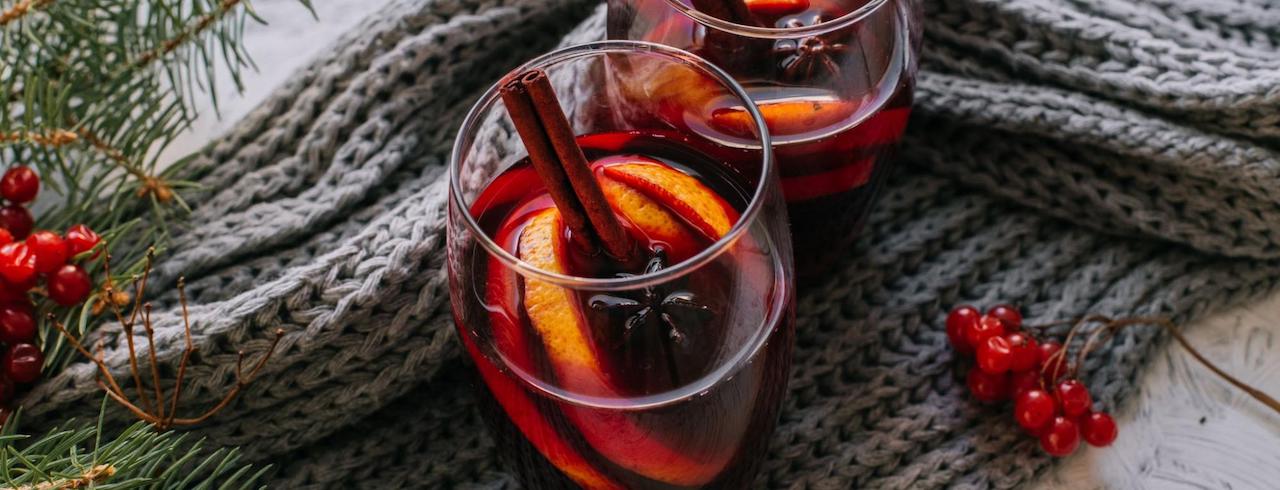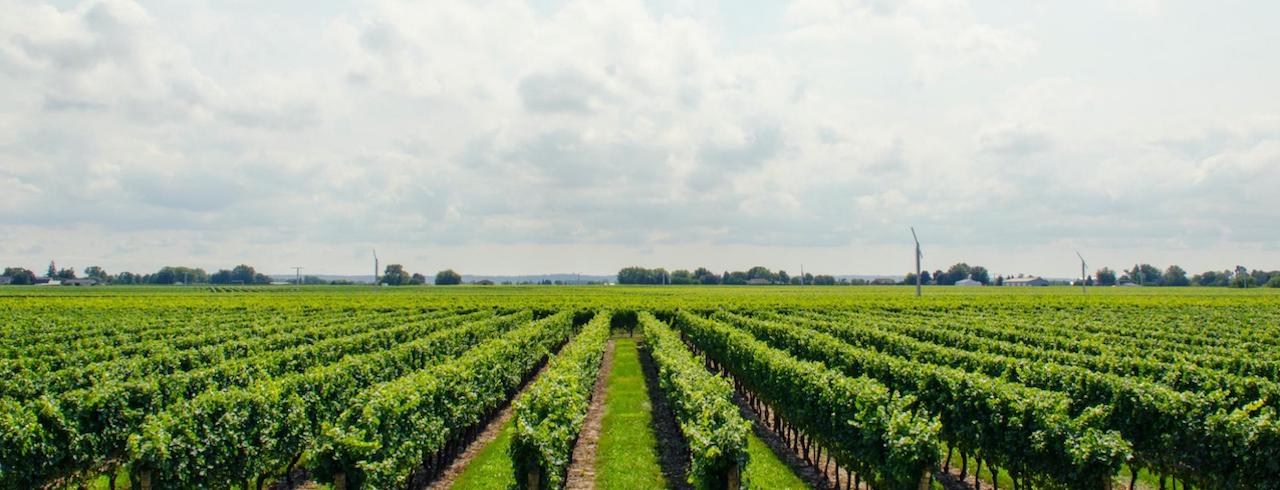
Warm vs Cool Climate Wine
When browsing through any selection of wine, you may feel overwhelmed by the vast options in front of you. The information on wine labels is key to selecting an excellent bottle.
Wine labels pack a lot of valuable facts: what fruit or flavor notes the wine has, alcohol content, what grape varietals are in the wine, and so much more. You’d think that would be enough to give you an idea of what the wine will taste and feel like on your palette, but that’s not always the case.
The climate your wine is from makes a big difference in the ripeness of the wine grapes and when winemakers harvest them—two things that may not be easy to find on a label.
Ripeness
Ripeness has to do with how mature the grape is when harvested. And wine producers have different preferences for how ripe the grapes that go into their wines are, so they pick their grapes at different times.
Grapes that are riper will typically result in a sweeter wine. Whereas grapes that are less ripe will typically result in a tarter wine. In general, white wine grapes are usually picked earlier in the season than red wine grapes.
Wine Regions
Did you know that grapes for wine can grow from Mexico to British Columbia? Wine regions cover a lot of different climates. The difference in environments creates different types and tastes of wines.
So, wine-making regions are grouped into two types: warm climate and cool climate. Knowing the climate that your favorite wines are from can help you find more wines you enjoy or step out of your comfort zone and try wines from a different region or area of the world.
Warm Climate
The name probably gives it away, but warm climate wine-making regions have steady, warmer temperatures throughout the growing season. Warm climate wine-making regions don’t have as steep of a drop-off in temperature from summer to wall, so the grapes often become fully ripe, while losing some of their natural acidity.
Grapes grown in warm climates usually have riper flavors and are less acidic.
Here are some warm climates for winemaking:
- California Wine Regions
- Argentina
- Australia
- Italian Wine Regions in Southern Italy
- The Greek Island
- Central & Southern Spain
- Central & Southern Portugal
- South Africa
- French Wine Regions in Southern France
Warm climate wines are often described as:
- Red: ripe, plum, blueberry, blackberry, rich, full-bodied
- White: tropical, lush, ripe, full-bodied, peach, apricot, mango, pineapple
Cool Climate
A cool climate doesn’t mean the grapes grow in cold weather. It just means that there is a steeper drop-off in temperature at the end of the growing season. Because of this, the grapes keep much of their acidity but have a hard time ripening.
Grapes grown in cool climates usually have tart flavors and are more acidic.
Here are some cool climates for winemaking:
- French Wine Regions in Northern France
- American Viticultural Areas (Oregon, Washington State & New York)
- Chile
- Hungary
- New Zealand
- Italian Wine Regions in Northern Italy
- South Africa
- Austria
- Germany
- Northern Greece & Macedonia
Cool climate wines are often described as:
- Red: raspberry, cranberry, sour cherry, peppery, spicy, herbaceous, lighter-bodied
- White: lean, tart, citrusy, green apple, lemon, lime, fresh, lighter-bodied
Of course, it is possible to have a wine region within a wine region. That’s called a sub or microclimate and usually happens because of water or mountains that change the climate of a particular, smaller area.
Additionally, warm climate wines have higher alcohol content.
White wines have 10-13% alcohol content from cooler climates and 12-15% alcohol content from warmer climates.
Red wines have around 11-14% alcohol content from cooler climates compared to 13-16% alcohol content from warmer climates.
What Climate is Best for Growing Wine?
Well, that’s a bit hard to answer because it depends on your taste buds! Generally speaking, a Mediterranean climate is best for growing wine because it features a long growing season with moderate to warm temperatures. Over the year, the temperatures don’t change much and are generally warmer than land-locked or maritime climates.
The Climate Change Impact
Of course, as climate change continues to impact the planet, wine producers and wine-making regions may shift. China is already experiencing the effects of climate change on wine production.
While wine has been made in China for centuries, Chinese wine has recently burst onto the scene and will only continue to grow in production and popularity as climate change continues.
In addition to growing grapes for wine production, China produces Chinese rice wine. The wine is made by fermenting rice starches using yeast, fungi, and lactic acid bacteria to produce alcohol.
It is called Huangjiu. It has a sweet, mild flavor and is usually lower in alcohol content than wines made from grapes. Chinese rice wine is a great cooking wine and is often consumed directly as an alcoholic beverage.
How Does This Affect Me?
Now that you have an idea of wine climates and how they impact the grapes in the bottle of wine you’ve purchased, you can do some experimentation!
If you typically purchase wines from a warm region, try some from a cooler region to see how they compare. A great way to do this is to try the same type of wine, say a Sauvignon Blanc or Cabernet from two different climates, to see which one you like better and why.
This way, you can understand what wine regions you prefer and maybe even find your favorite producers. It will make it easier to buy wines you like and enable you to ask the right questions of the sommelier when you’re out at a restaurant trying to find a wine you’ll want that will also pair well with your food!
